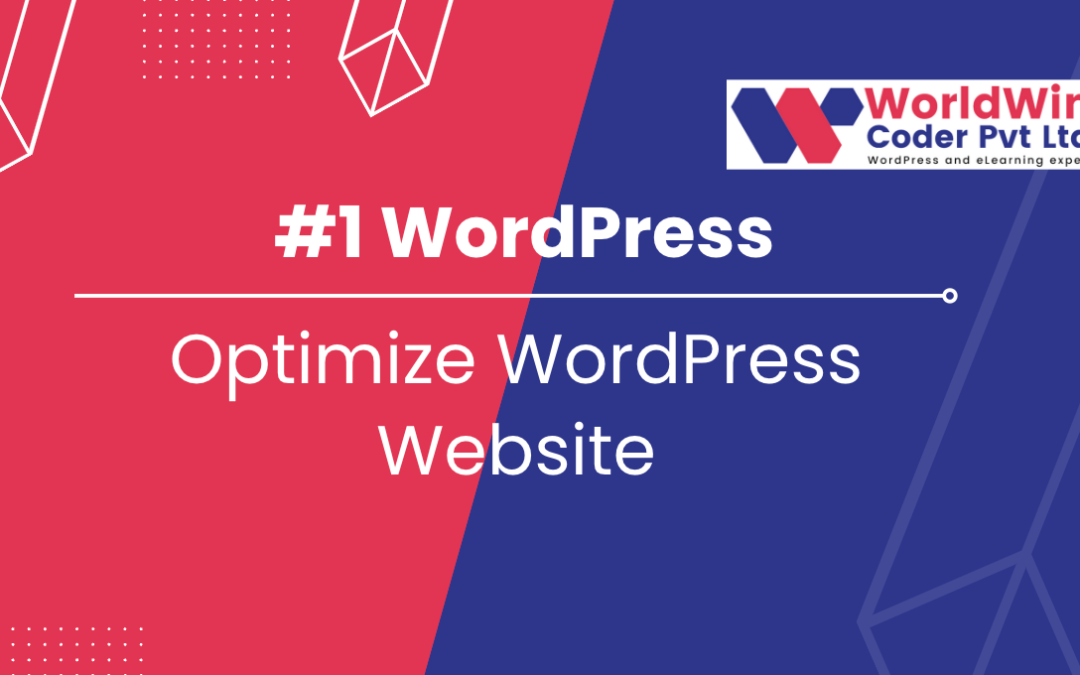Are you tired of waiting for your WordPress backend to catch up with your ideas? A wordpress slow backend can be a significant hindrance, affecting productivity and user experience. In this article, we’ll explore the common reasons behind a sluggish WordPress backend and provide practical tips to speed things up. Let’s transform your WordPress experience from frustratingly slow to impressively fast.
Understanding the Slowdown:
1. Bloated Themes and Plugins:
- Many themes and plugins come with features you may never use, adding unnecessary weight to your backend.
- Solution: Opt for lightweight themes and plugins, and deactivate or remove those you don’t need.
2. Outdated Software:
- Running an outdated version of WordPress, themes, or plugins can lead to compatibility issues and decreased performance.
- Solution: Regularly update your WordPress core, themes, and plugins to the latest versions.
3. Excessive Database Queries:
- High numbers of database queries, especially poorly optimized ones, can slow down your backend.
- Solution: Optimize your database by cleaning up unnecessary data and using caching plugins.
Speeding Up WordPress Backend:
1. Choose a Reliable Hosting Provider:
- A good hosting provider can significantly impact your website’s speed. Opt for a hosting plan that is optimized for WordPress.
- Solution: Consider managed WordPress hosting services for improved performance.
2. Implement Caching:
- Caching can save dynamically generated HTML files and serve them quickly, reducing the server load.
- Solution: Install a caching plugin like W3 Total Cache or WP Super Cache.
3. Image Optimization:
- Large image files can slow down your backend. Compress and optimize images to reduce their file size.
- Solution: Use tools like Smush or EWWW Image Optimizer for automatic image compression.
4. Minimize HTTP Requests:
- Each element on a webpage, such as images, scripts, and stylesheets, requires an HTTP request. Minimizing these requests can improve loading times.
- Solution: Combine and minify CSS and JavaScript files, and use a content delivery network (CDN).
5. Enable Browser Caching:
- Browser caching allows frequently used resources to be stored on the user’s device, reducing the need to reload them.
- Solution: Configure your server to include appropriate cache headers or use a caching plugin that offers browser caching functionality.
6. Fine-Tune WordPress Configuration:
- Adjust the number of post revisions, limit the use of widgets, and optimize your permalink structure to enhance backend performance.
- Solution: Edit your wp-config.php file or use plugins like WP-Optimize to manage post revisions.
Conclusion:
Don’t let a slow WordPress backend hinder your creative process. By implementing the tips mentioned above, you can enhance the speed and efficiency of your WordPress dashboard, providing a smoother experience for both you and your users. Take control of your website’s performance, and watch as your productivity soars to new heights. Speed up your WordPress backend today and rediscover the joy of seamless website management.

